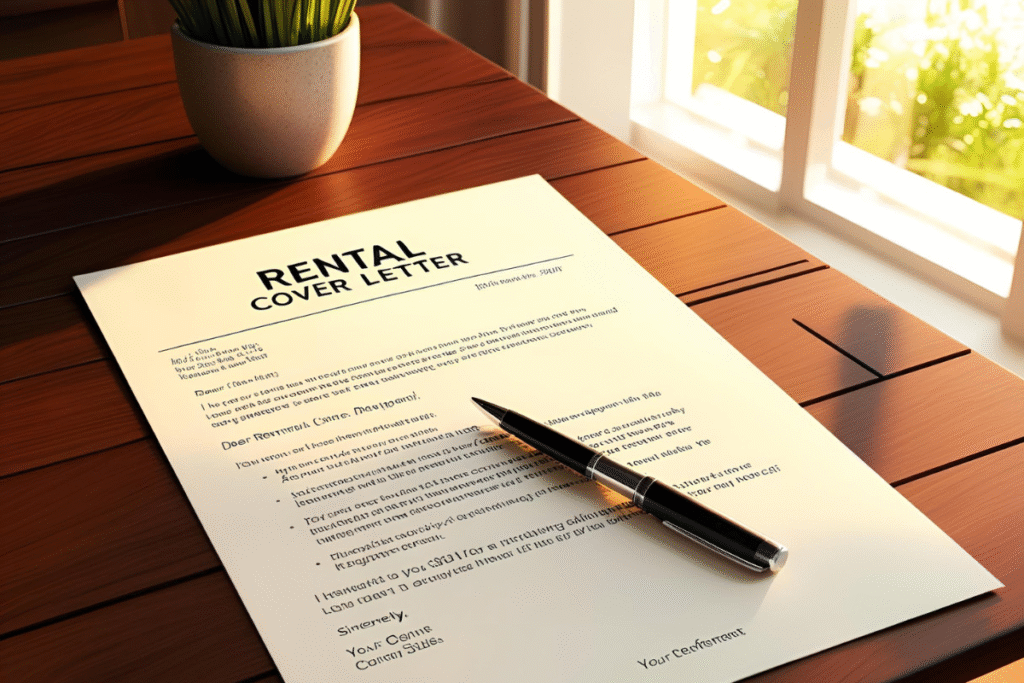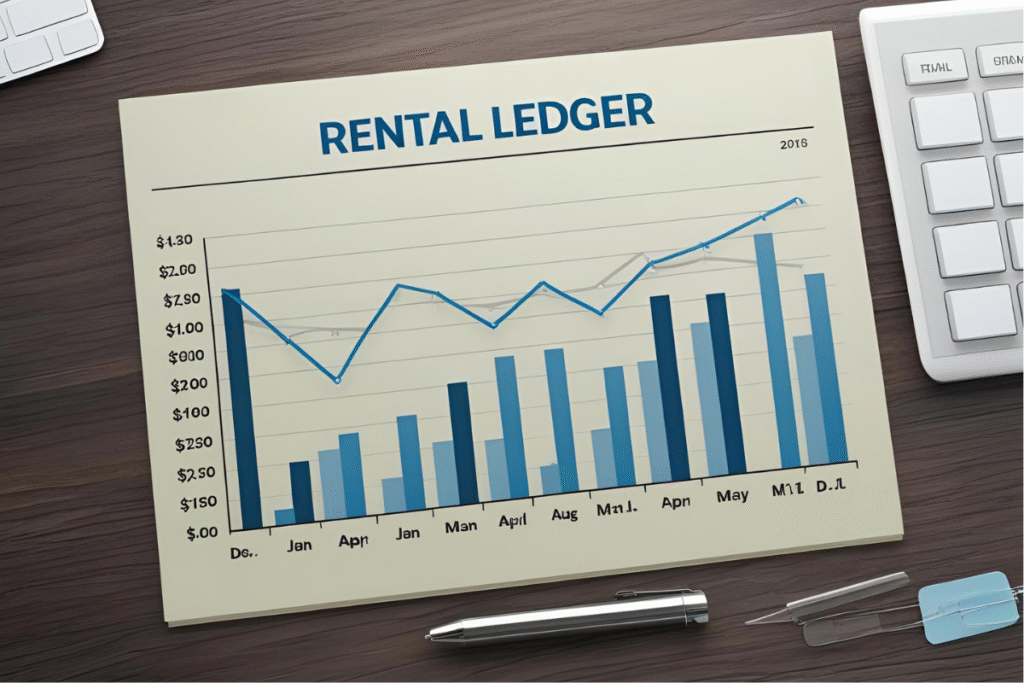A rental bond is an integral part of the leasing process, but it often raises questions for renters and landlords alike. What does the bond cover? How is it lodged? Most importantly, how can you ensure its return at the end of your tenancy? This comprehensive guide unpacks the ins and outs of rental bonds, equipping renters, landlords, and property managers with the knowledge they need for a smooth-tenancy experience.
From explaining the purpose of a rental bond to outlining step-by-step processes for lodging and reclaiming it, this guide lays everything out in a structured and detailed manner. By the end, you’ll have a full understanding of how rental bonds work, no matter which state or territory you’re in.
Table of Contents
What Is a Rental Bond and Why Is It Important?
Think of a rental bond as a financial security deposit. Paid by the tenant at the beginning of the lease, this sum is held in trust to protect landlords and property managers from financial loss due to unpaid rent or property damage.
Typically calculated as four weeks’ worth of rent, the bond provides peace of mind for both parties. If the property is left in great condition and all rental obligations are met, the bond is returned to the tenant when the lease ends. However, if there are outstanding obligations or damages, funds from the bond may be used to cover costs.
For tenants, it’s important to view the bond as a safeguard rather than a penalty. With proper care, preparation, and documentation, reclaiming the rental bond can be a seamless process.
How Much Should You Expect to Pay?
The amount of a bond can vary based on your location and weekly rent. Below is a breakdown of regulations across Australian states and territories:
- Australian Capital Territory, Northern Territory, Tasmania, and New South Wales
Tenants are required to pay a bond equivalent to four weeks’ rent, no matter the rental amount.
- Queensland
The bond is fixed at four weeks’ rent unless the weekly rent exceeds $700. Above this threshold, the amount can be negotiated.
- South Australia
Properties renting for $250 or less per week require a bond of up to four weeks’ rent. For properties over $250 per week, the maximum bond increases to six weeks.
- Victoria
Bonds are capped at four weeks’ rent unless the weekly rental amount exceeds $350, in which case the bond terms are negotiable.
- Western Australia
A bond typically equates to four weeks’ rent, with flexibility for negotiation if weekly rent exceeds $500.
Be sure to check your local regulations to confirm the accurate amount for your situation.
The Bond Lodgment Process
Lodging a bond ensures it is securely held by the residential bond authority in your state. Here’s how the process works:
- Complete Bond Lodgment Papers
Both the landlord (or property manager) and tenant must sign these papers, which specify the amount to be paid.
- Transfer Bond Funds
Once signed, tenants submit the bond amount either directly to the landlord or property manager. It’s then lodged with the relevant state or territory authority.
- Receive Confirmation
After the funds are lodged, tenants and landlords will receive a receipt or confirmation outlining where the bond is held.
This official system ensures transparency, security, and fair accessibility to bond funds for all involved parties.
How to Get Your Bond Back
The good news is that obtaining your bond can be straightforward if the tenancy period runs smoothly. Here’s how the return process typically unfolds:
- Property Inspection
Once your lease ends, the property manager or landlord will inspect the premises. They’ll assess for damages, cleanliness, and any unpaid rental balances.
- Sign Bond Release Papers
If the property is in acceptable condition and obligations are met, both parties will sign a bond release agreement to initiate the refund process. Many states now offer online submission for added convenience.
- Disputes and Claims
If damages or unpaid rent are identified, the landlord may request deductions from the bond. Should disputes arise, tenants can contest these claims through the tenancy tribunal of their state.
Pro Tip: The clearer the condition of the property at the start of the lease, the easier it is to settle disputes at the end. Completing a detailed entry report is essential.

Tips to Maximize Your Chance of Getting Your Full Bond Back
Taking proactive steps during your tenancy can ensure a stress-free bond return process. Follow these guidelines to protect your financial interests:
- Thorough Entry Report
Document the property’s condition before moving in, including photos of every room, any pre-existing damage, and the condition of fixtures and appliances.
- Maintain Regular Upkeep
Keep the property clean, handle minor repairs responsibly, and ensure the garden (if applicable) is well-maintained.
- Follow Exit Procedures
Before vacating, clean every nook and cranny, including windows, carpets (if necessary), and outdoor spaces. Organize an exit inspection with the landlord or property manager to compare conditions with the entry report.
- Complete Paperwork Promptly
Ensure that all required documents and payments (rent, utilities, etc.) are finalized before seeking bond reimbursement.
With these steps, you set yourself up for smooth sailing at the end of your lease.
Frequently Asked Questions about rental bond
How Long Until I Receive My Bond Back?
Bond refunds are typically processed within four weeks, barring any disputes or incomplete paperwork.
What Happens in Case of Disputes?
If you disagree with deductions claimed by the landlord, you can seek resolution through your state’s tenancy tribunal. Keep records of all documentation, including invoices and photos, to support your case.
Can My Landlord Hold My Bond Without a Valid Reason?
No. Bonds are protected by law, and landlords must provide valid evidence for claims. Lodging disputes is your right as a tenant.
Is a Bond Required for Every Rental Property?
While bonds are standard practice, there may be rare cases where landlords waive bond requirements. Always clarify terms before signing a lease agreement.
How Long Does a Landlord Have to Lodge a Bond?
Landlords or property managers are legally required to lodge the rental bond with the relevant state or territory authority within a certain timeframe, typically 10 days after receiving it. Failure to do so may result in penalties. Tenants can request a receipt of the bond lodgment for their records to ensure compliance.
Can a Bond Be Transferred to a New Property?
Generally, rental bonds cannot be directly transferred between properties. When a lease ends, the initial bond is refunded, assuming there are no disputes or claims. Tenants will then need to pay a new bond for the next property. Planning your move carefully can help ensure financial readiness.
What Happens If My Landlord Doesn’t Lodge the Bond?
If your landlord fails to lodge the bond with the appropriate authority, it is a breach of tenancy laws. Tenants have the right to report this to the relevant housing authority for investigation. Always insist on receiving a bond lodgment receipt, as it safeguards your funds.
Can a Landlord Claim the Entire Bond?
A landlord can only claim deductions that are valid and supported by evidence, such as receipts for repairs or outstanding rent invoices. However, claiming the entire bond is uncommon unless there are severe damages or significant unpaid obligations. If claims are unreasonable, tenants can dispute them through the tribunal in their state.
Is Professional Cleaning Necessary?
Tenants are typically expected to return the property in the same condition as it was at the start of the lease, aside from fair wear and tear. While professional cleaning is not always mandatory, it may be required if it was specified in the lease agreement. For peace of mind, consider hiring cleaners for carpets or other tasks if the property manager requests it.
Can I Dispute Claims After the Bond Has Been Paid Out?
Once a bond has been paid out, disputes become much harder to resolve. That’s why it’s critical for tenants to only consent to bond release forms after reviewing and agreeing to all deductions. If claims seem unfair, don’t sign the release and escalate the issue to the tenancy tribunal.
How Much Can a Landlord Deduct From a Bond for Damages?
Deductions must be proportional to the actual cost of repairing damage caused by the tenant. For instance, if a carpet replacement is required due to a specific stain, the landlord cannot claim the entire value of a new carpet unless the condition was significantly degraded. Request invoices or quotes for any deductions claimed.
What Is “Fair Wear and Tear”?
Fair wear and tear refers to the natural and expected deterioration of a property over time due to normal use. Examples include faded carpets, minor scuff marks on walls, or wear on appliances. Damages caused by negligence or misuse, such as broken windows or stains, fall outside of this definition and may warrant deductions from the bond.
Can I Request the Bond Lodgment Number?
Yes, tenants have the right to request the bond lodgment number from their landlord or property manager. This number allows you to verify that the bond has been lodged with the appropriate authority, giving you extra peace of mind.
What If I Move Out Before the Lease Ends?
Breaking a lease early can result in additional costs, including fees for finding a new tenant and covering rent until someone else moves in. Deducting these costs from the bond is common, but only if they are reasonable and documented. Tenants should discuss options with their landlord to minimize expenses.
Are There Tax Implications for Landlords Regarding Bonds?
For landlords, rental bonds are not considered taxable income unless deductions are made for unpaid rent or repairing damages. If a portion of the bond is used for these purposes, only that portion becomes taxable. Landlords must keep detailed records for accurate tax reporting.
Do All States Have the Same Bond Rules?
No, each state and territory in Australia has its own rules regarding rental bonds. For example:
Bond amounts and caps may vary based on weekly rent.
Timeframes for lodging bonds differ by location.
Processes for disputes or claims depend on the local authority.
Refer to the official housing website for your region to confirm specific regulations. By addressing these commonly asked questions, renters and landlords alike can stay informed and minimize potential stress during tenancy transitions.
Renting Made Simple
For tenants, landlords, and property managers alike, the rental bond is a critical part of Australia’s leasing landscape. By understanding bond rules and processes, you can simplify your rental experience and avoid unnecessary stress.
Whether you’re about to sign your first lease or you’re managing multiple properties, ensuring that the bond process is well-handled paves the way for a harmonious rental relationship.
And remember, the best rental experiences come from clear communication and proactive care!
What to Know Before Choosing a Property Developer in the UAE
The UAE’s real estate landscape stands as a testament to architectural excellence and visionary development,…









